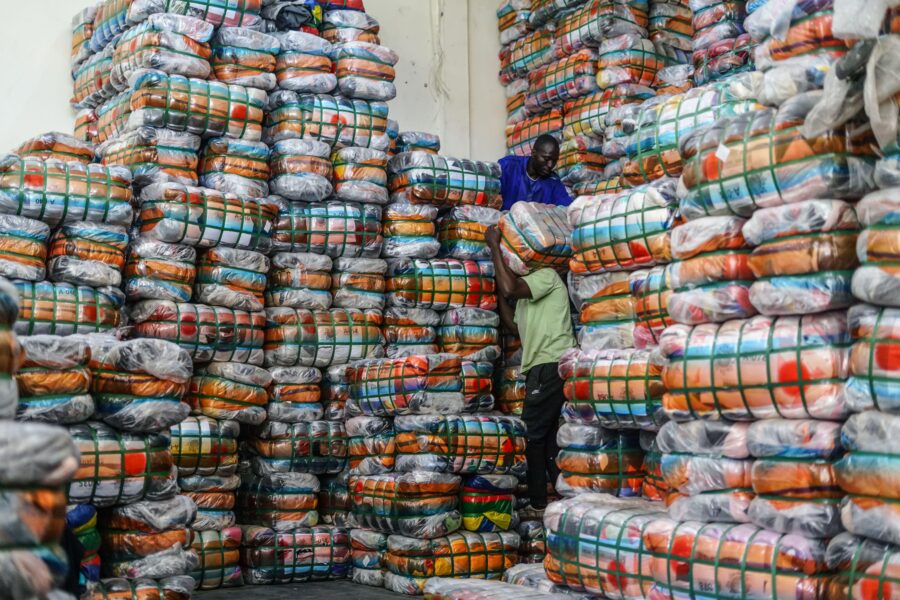Rips bigger killers than bushfires and sharks

THEY MAY NOT OFTEN make the headlines, but a recent study has shown that rip currents kill more people on average in Australia than bushfires, floods, cyclones and sharks combined.
Rip currents are strong channels of water that flow away from the shore, into the open water at surf beaches and large lakes. Rips can flow at speeds of up to 2.5m per second, which is faster than a human can swim.
Led by Dr Rob Brander, a coastal geologist at the University of New South Wales in Sydney, the research team analysed deaths from natural disasters and shark attacks based on records dating as far back as 1852.
Rips one of the biggest killers in Australia
The data was then compared with records from Australia’s National Coronial Information System, which recorded an average 21 deaths per year involving rips between 2004 and 2011.
Rob says the average yearly death toll from bushfires, floods, cyclones and shark attacks paled in comparison, with six, four, eight and one respectively. The findings were published in the journal Natural Hazards and Earth Science Systems.
“Rips account for greater overall loss of human life than other high-profile natural hazards,” Rob says. “Yet they do not get anywhere near as much attention and dedicated funding.”
Rob says events like bushfires have the capacity to claim many lives in a single disaster. “On the other hand, rip currents are almost always present and rarely result in more than one death at a time. But in the end, more people die as a result of them.”
How to spot a rip current
Beachsafe, a website set up by Surf Life Saving Australia to provide beach safety tips, advises to look for the following signs of a rip:
What to do when caught in a rip
According to Beachsafe, if you get caught in a rip current, there are two approaches you can take, or a combination of both:
Beachsafe adds that the best approach is to be educated about rips and how to spot them, and avoid danger by swimming between the red and yellow flags at all times.
RELATED STORIES




